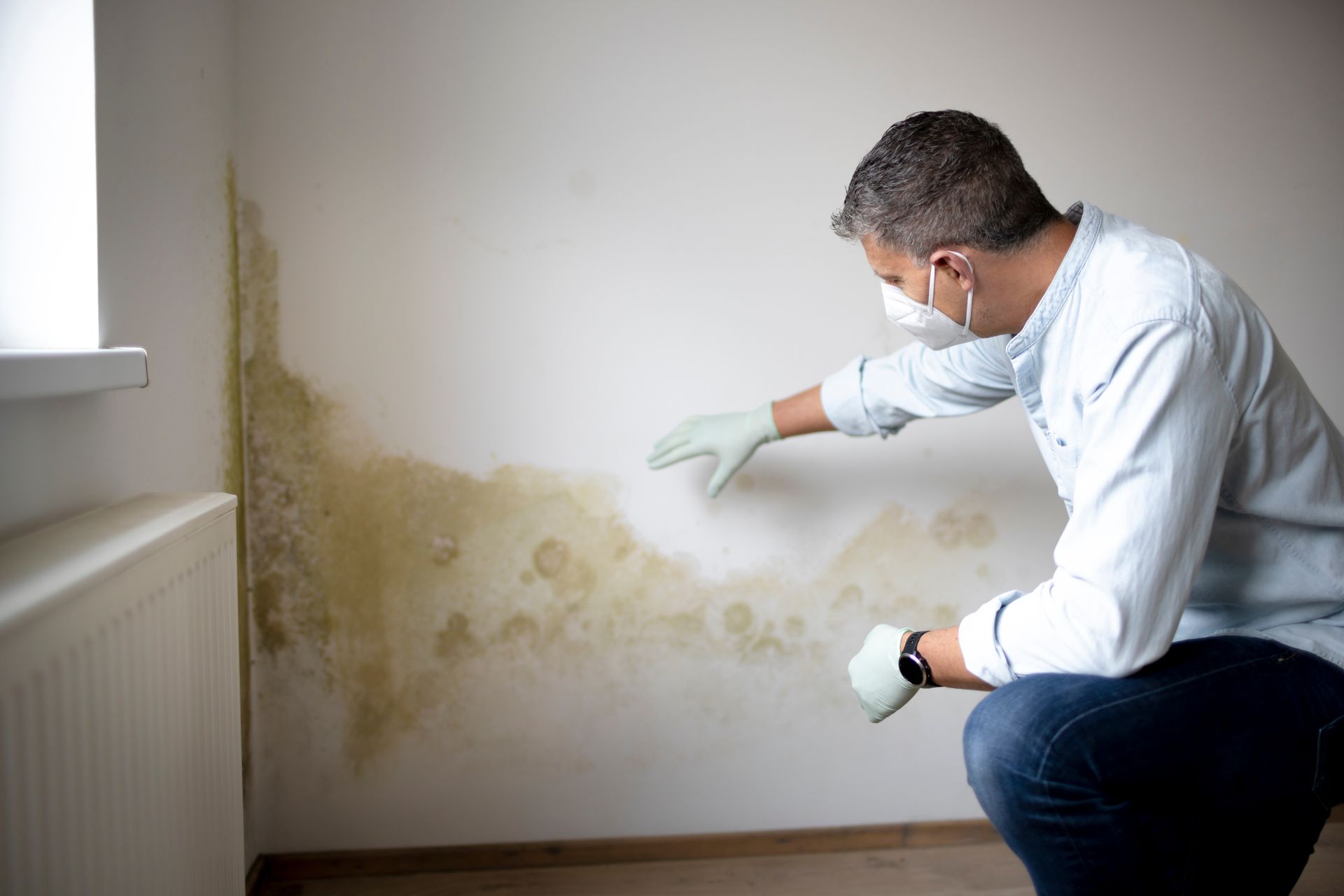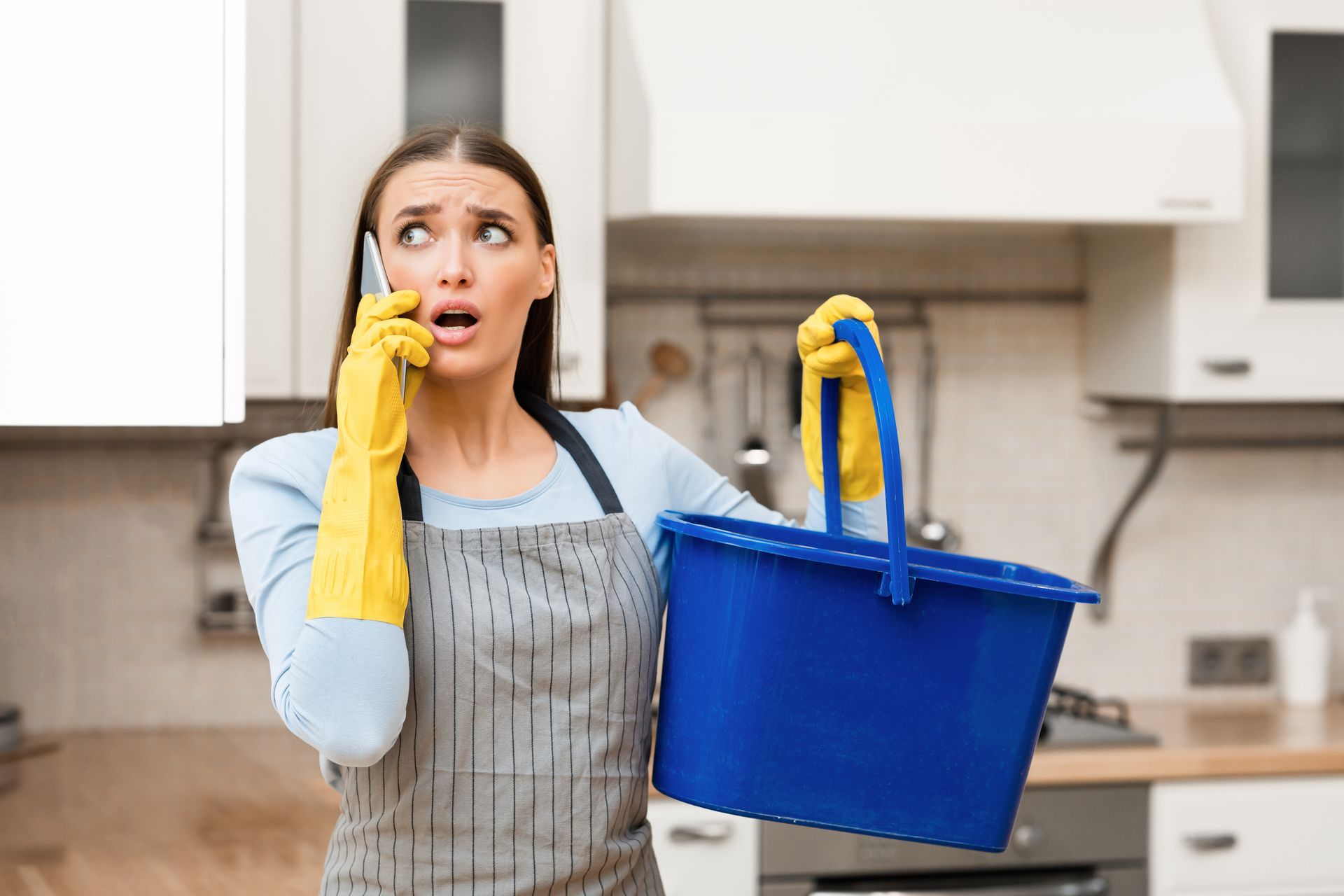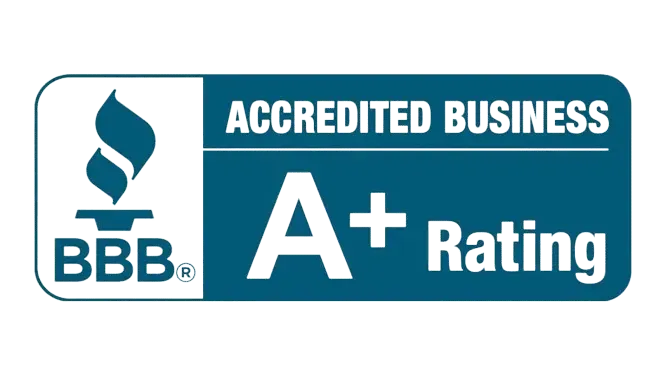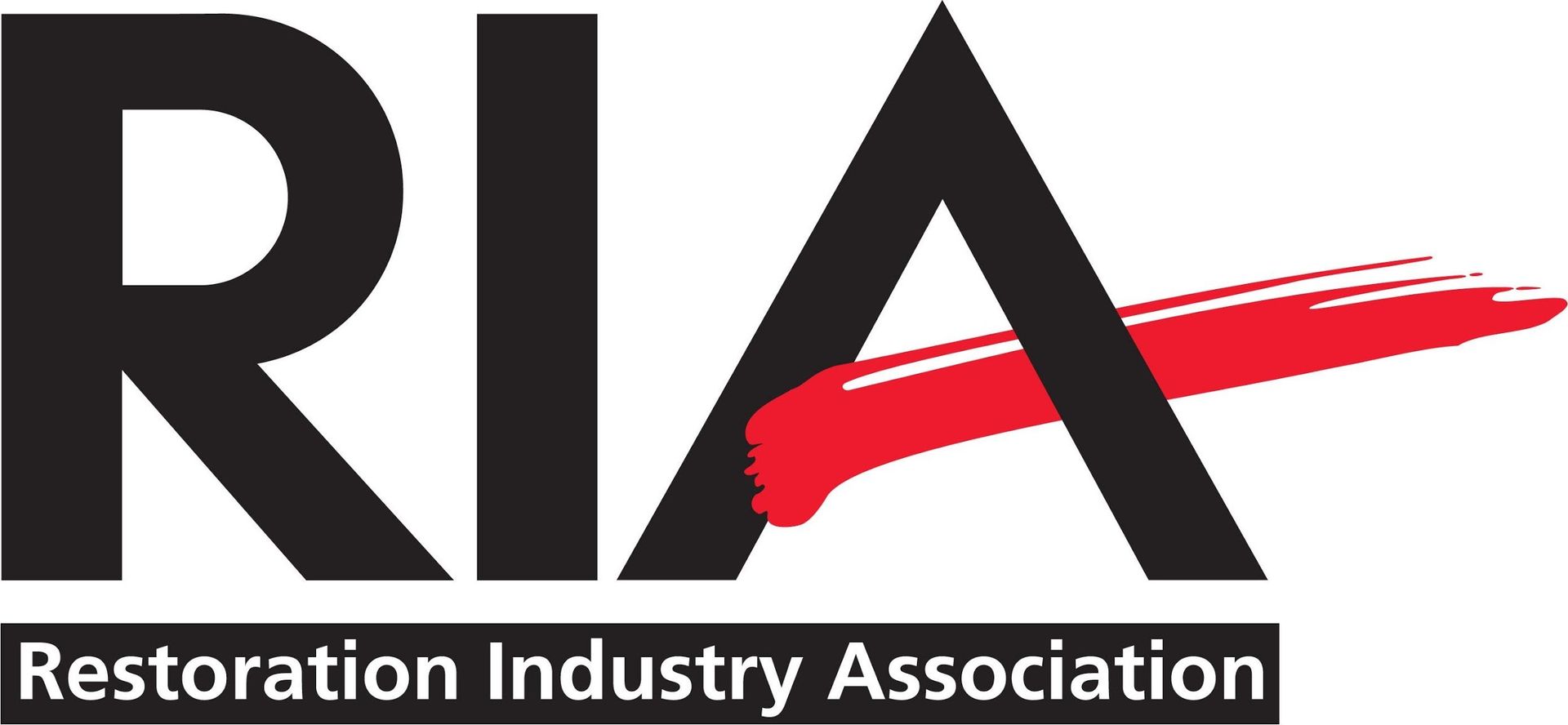The Importance of Quick Response to Water Damage
Water damage can strike without warning, whether from a burst pipe, a leaking roof, or a natural disaster. The aftermath of water intrusion can be devastating, not only to your property but also to your peace of mind. A swift and effective response is the key to minimizing damage and preventing further complications, such as mold growth. We’ll explore the critical importance of quick action when dealing with water damage and the steps you should take to protect your home.
Immediate Risks of Water Damage
Water damage can affect your home in numerous ways, each requiring prompt attention:
- Structural Integrity: Water can weaken the structural components of your home, such as walls, floors, and ceilings. Prolonged exposure can lead to severe damage, including the collapse of these structures.
- Electrical Hazards: Water intrusion can create dangerous electrical hazards. Wet electrical outlets, wiring, and appliances pose a significant electric shock and fire risk.
- Health Risks: Stagnant water creates a breeding ground for bacteria and other pathogens. If the water is contaminated, it can pose serious health risks to you and your family.
- Personal Belongings: Water can quickly ruin personal belongings, including furniture, electronics, and important documents. Immediate action can help salvage these items and minimize losses.
The Role of Mold in Water Damage
One of the most significant long-term risks associated with water damage is mold growth. Mold can begin to develop within 24 to 48 hours after a water intrusion, thriving in damp, dark environments. If not addressed promptly, mold can spread rapidly, causing extensive damage and posing severe health risks, including respiratory issues and allergic reactions.
Steps to Take for Quick Response
To mitigate the impact of water damage, it’s crucial to take the following steps as quickly as possible:
- Ensure Safety: Before entering the affected area, ensure it is safe. Turn off the electricity if there is standing water, and be cautious of potential hazards.
- Stop the Source: Identify and stop the source of the water intrusion. This may involve shutting off the main water supply or fixing a leaking roof.
- Remove Standing Water: Use pumps, wet vacuums, or mops to remove as much standing water as possible. The longer water remains, the more damage it can cause.
- Dry the Area: Use fans, dehumidifiers, and open windows to promote air circulation and speed up drying. Remove wet rugs, carpets, and furniture to allow the underlying surfaces to dry.
- Document the Damage: Take photographs and make a list of damaged items. This documentation will be essential for insurance claims and professional assessments.
- Call Professionals: Contact a professional water damage restoration company immediately. Their expertise, advanced equipment, and quick response can significantly reduce the extent of the damage and prevent mold growth.
Benefits of Professional Water Damage Restoration
Engaging professional restoration services offers several advantages:
- Expert Assessment: Professionals can accurately assess the extent of the damage, including hidden moisture that may not be visible to the naked eye.
- Advanced Equipment: Restoration companies use industrial-grade equipment, such as powerful dehumidifiers, air movers, and moisture meters, to ensure thorough drying.
- Mold Prevention: Professionals apply antimicrobial treatments to prevent mold growth and ensure that affected areas are properly dried and sanitized.
- Comprehensive Restoration: From water extraction to structural repairs, professional services cover all aspects of water damage restoration, ensuring your home is returned to its pre-damage condition.
Conclusion
Water damage requires immediate and decisive action to minimize its impact and prevent long-term issues such as mold growth. The importance of a quick response cannot be overstated, as it plays a crucial role in safeguarding your home’s structural integrity, personal belongings, and health. By taking prompt steps and engaging professional water damage restoration services, you can confidently mitigate the damage and begin the recovery process. In the face of water damage, remember that time is of the essence—acting quickly is your best defense against its potentially devastating effects.






